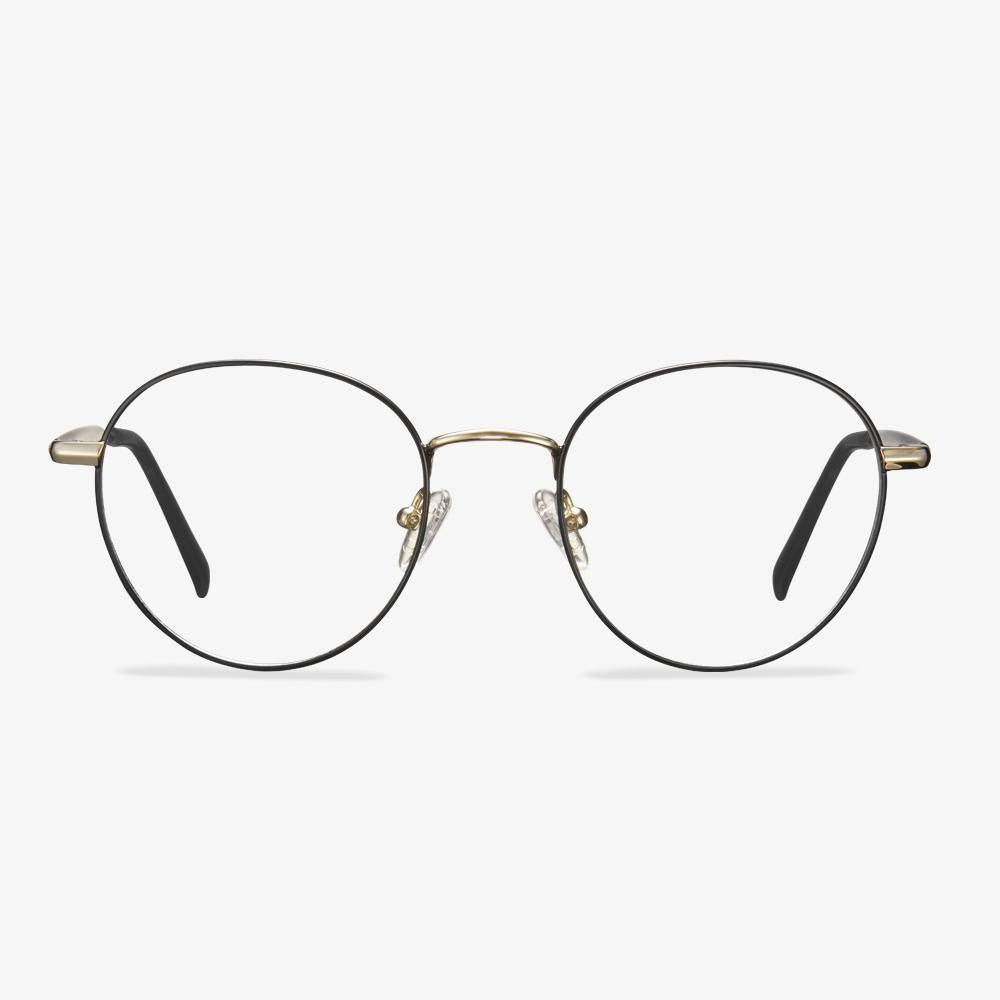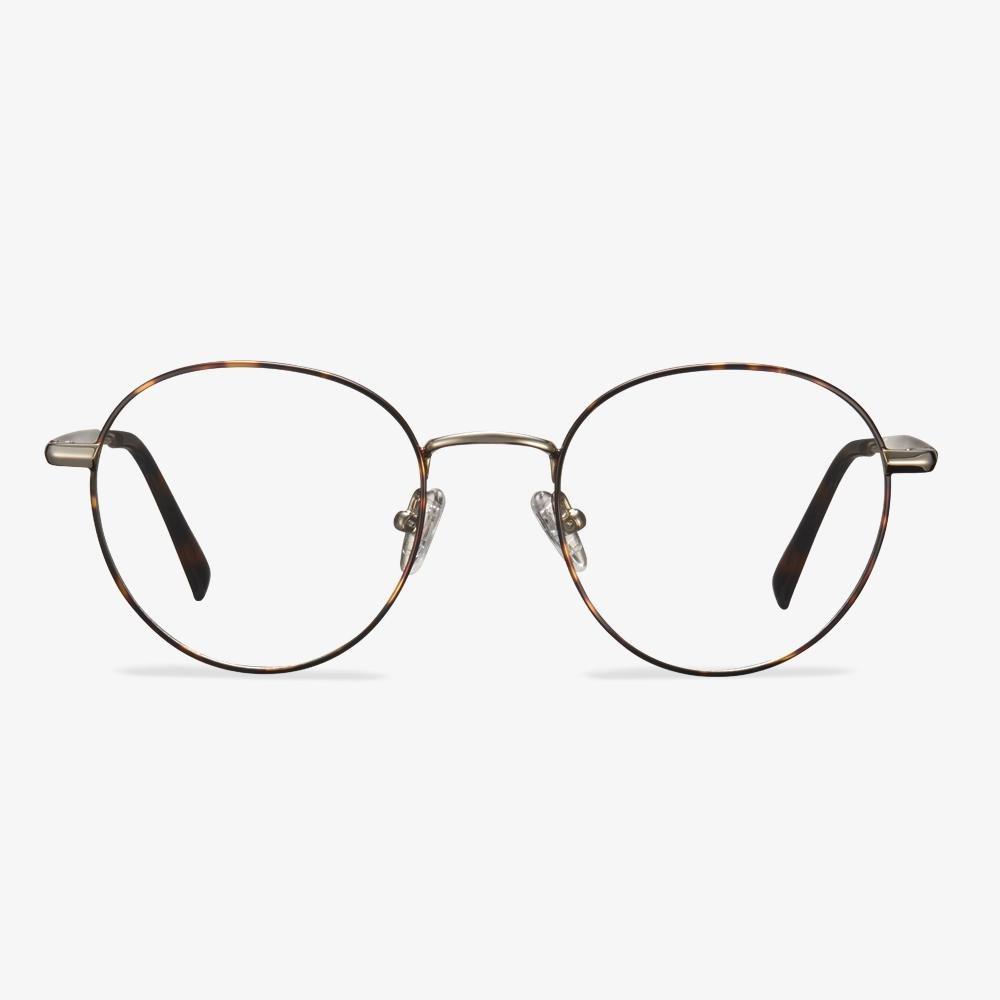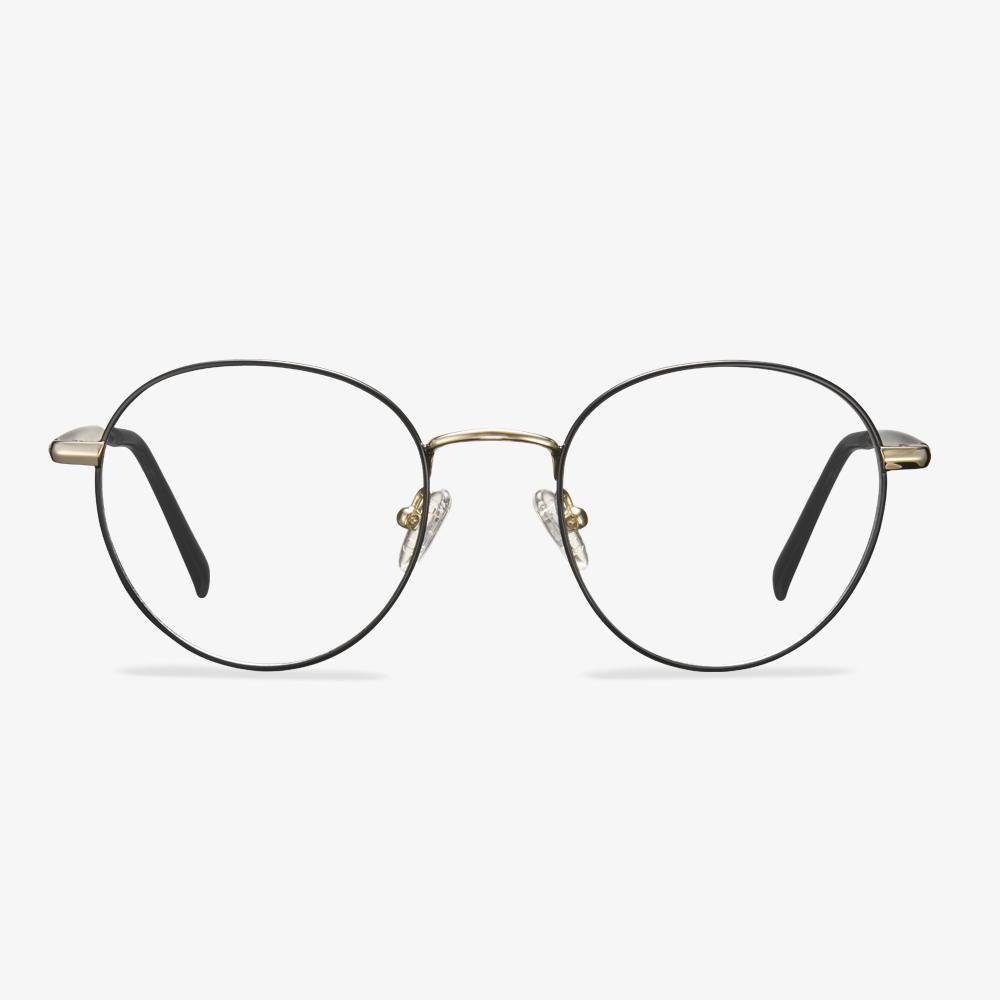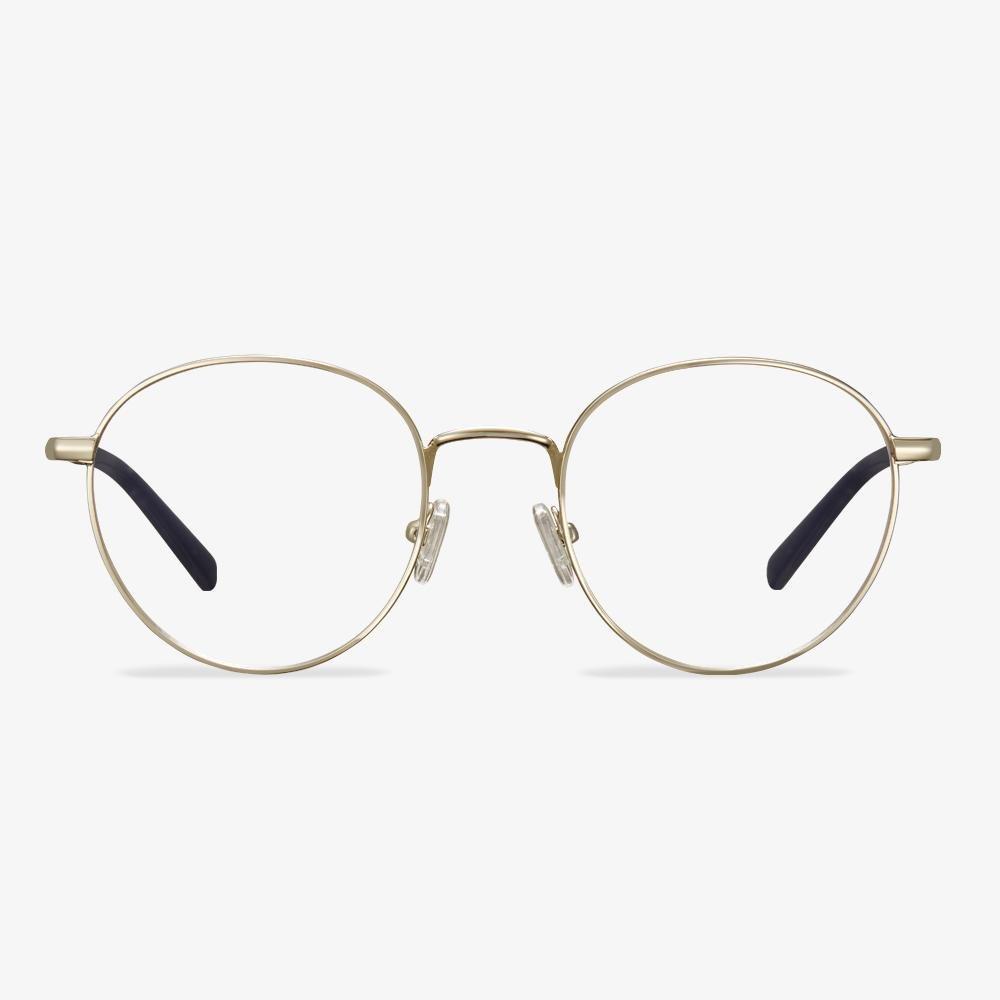Important to measure pupils
The interpupillary distance refers to the distance between the centers of the two pupils when the visual axis is square and parallel. In general, the optical center of the glasses should coincide with the visual axis of the eye when looking at eye level. That is, the optical center distance of the glasses should be the same as the interpupillary distance. Otherwise, visual discomfort will occur, causing visual fatigue and deepening the degree. Therefore, we must improve consumers' awareness of self-quality protection. Understand the knowledge of glasses, otherwise, only mild myopia, the long-term wearing of unqualified glasses will cause the degree to deepen and become high myopia. So be sure to go to a regular optician to get glasses.
Glasses may have different functional priorities.
Children's glasses focus on the treatment of eye disease, adult glasses focus on improving vision. To children with myopia, matching glasses is to improve vision really, eliminate fatigue, coordinate the muscles inside and outside of the eye, and can prevent myopia to deepen. For children, when they suffer from hyperopia, anisometropia, strabismus, amblyopia, and so on, sometimes they wear glasses to treat eye disease. It is the prerequisite for future vision improvement.
The frame of prescription glasses
At present, the more common materials for frames are non-metal and metal. Non-metals mainly include TR90, sheet material, etc., and metals include alloys, titanium, and so on. TR90 and sheet material are actually plastics, but they are firm and are not easy be deformed at room temperature. Also, they have good formability so that they can be made in many fashionable styles. The general alloy material has good firmness and flexibility, but the disadvantage is that it is easy to fade. The pure titanium frame is corrosion-resistant and very strong. It is about 40% lighter than the general alloy frame. It must be welded and electroplated in an oxygen-free state, which requires high equipment and technology. Relatively speaking, the price of TR90 and alloys will be lower, and pure titanium will be more expensive. You can choose according to your budget.
ShadyVEU HD blue light blocking Glasses
The anti-reflective yellow and amber lenses are the best choices for outdoor vision protection, as they reduce high-intensity glare from bright lights (headlights, LED signs, etc.) at night. They are suitable for daytime driving with a clear vision, especially in low light conditions such as rain, haze, and winter. Yellow and amber-colored lenses help block out our computer screens, smartphones, games consoles, tablets, and TVs, helping to prevent melatonin suppression and thus helping wearers fall asleep faster.
They are suitable for sports, hunting, fishing, cycling, work, practical and construction work, day driving, night driving, bright days, snow days, and low light conditions.
Choose blue light blocking glasses with guaranteed quality.
Because blue glasses is a kind of special care, which requires quality assurance. Wearing the unqualified glasses for a long time not only failed to protect his eyes against the blue glasses but can also lead to decreased vision. In severe cases, physical disorders can occur, causing dizziness, headache, and so on. So choose a big brand, guaranteed blue light blocking glasses, which can truly protect your eyes.
Why My New Glasses Give Me a Headache?
The new glasses make me dizzy or headaches. You may have these symptoms when getting a new pair of glasses. Why do the new glasses give me a headache? When getting used to the new glasses, your eyes and brain have to work harder to see clearly through your new lenses. The more your strain to see, the more likely you are to get a headache.
So, how long to adjust the new glasses? It may take a few days. If you still feel uncomfortable after wearing the new glasses for a few weeks, you should ask for the eye doctor or the optician to check whether your glasses are made correctly and check whether your prescription is correct.
In addition, if you want to get a new pair of glasses, you can try Koalaeye Optil, which is an online optical store and helps you to prescribe your eyeglasses with great convenience. Koalaeye Optical provides various glasses, including progressive glasses, blue light blocking glasses, sunglasses, driving glasses, and different shape frames.
The design evolution of progressive lenses
Spherical and aspheric designs
The design of the front surface of the far-use area of the early progressive lens is similar to that of the ordinary spherical single vision lenses, so it is called a spherical progressive lens. Since 1974, the front surface of the far-use region of the lens is designed to be aspheric by designers, which not only reduces the peripheral aberration but makes the lens thinner, lighter, and less powerful.
Hard and soft design
For hard design, the channel is short, and the gradient is large. The near-use area position is high. The effective visual area of remote and near-use areas was larger. Peripheral astigmatism is relatively concentrated. Because surrounding astigmatism increases rapidly and the distribution is dense, the curve effect is more obvious. The gradient area is narrow. It is more difficult and takes longer for wearers to adapt.
Lenses with soft designs have slower gradients, longer gradients, and wider gradients. The angle of rotation of the eye from the far area to the near area is greater. It's easier to get used to. Compared with the hard design, the effective visual area of the far and near use areas is smaller, and the location of the near use area is lower.
Single, diverse, and individualized design
Initially, the progressive lenses used a single design, in which each basic curve was scaled equally and a luminosity combination was added within the range of its semi-finished lens blanks. The steepest base curve uses the same lens design as the flattest base curve. Lenses designers quickly realized that the overall performance of the lens could be improved by microcustomizing the lens design, leading to progressive lenses with multiple designs. This kind of design is called diverse design. By the mid-1990s, there was the emergence of individualized lens designs. In addition to using different gradients, these first individualized lens designs used steeper baseline curves with a slightly larger approach area to compensate for increased magnification and reduced field of view.
Symmetrical and asymmetric design
There is no difference between the left and right eyes in the symmetrical design of progressive lenses. As the eyes turn inward when they see near objects, the gradual gradient area gradually tilts to the nasal side from top to bottom, so the left/right progressive lenses should be rotated clockwise/counterclockwise respectively during processing. An asymptotic lens with left and right eye divisions is called an asymmetric design. The gradient is gradually and moderately inclined to the nasal side from top to bottom. The refractive force, astigmatism, and vertical prism of the two sides of the left and right gradient of the asymmetric design lenses are basically similar. At the same time, considering the characteristics of eye movement parameters in binocular vision, the peripheral aberrations of the corresponding positions of the left and right lenses were appropriately balanced to improve the visual effect of the wearer.


















































